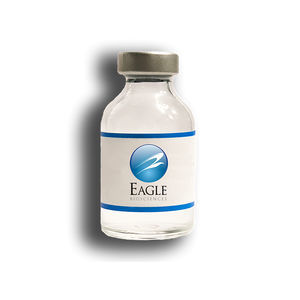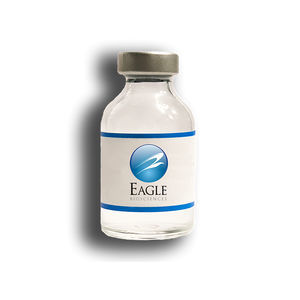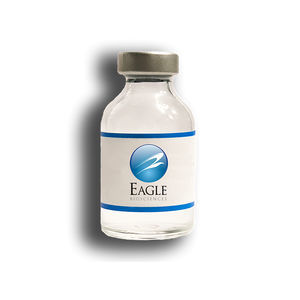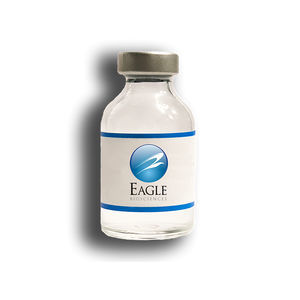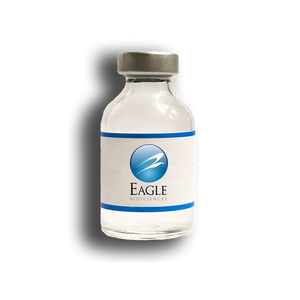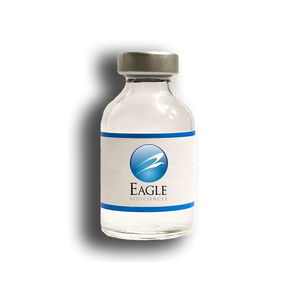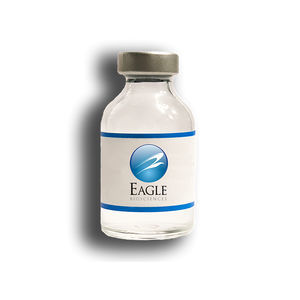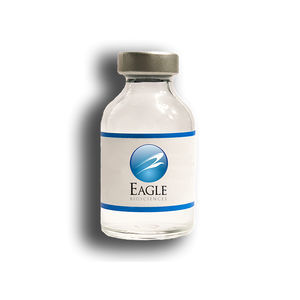
- Laboratory
- Laboratory medicine
- Buffer solution reagent
- Eagle Biosciences
Buffer solution reagent SPR-477Bfor researchliquidprotein
Add to favorites
Compare this product
fo_shop_gate_exact_title
Characteristics
- Type
- buffer solution
- Applications
- for research
- Format
- liquid
- Tested parameter
- protein
- Storage temperature
-80 °C
(-112 °F)
Description
Active Human Recombinant Tau (K18) K280 Deletion Protein Pre-formed Fibrils are intended for research use only and not for use in diagnostic or clinical procedures.
The Active Human Recombinant Tau (K18) K280 Deletion Protein Pre-formed Fibrils are For Research Use Only
Specificity: N/A
Species: Human
Expression System: E. coli
Buffer: PBS pH 7.4
Alternative Names: Active tau PFFs, active tau protein preformed fibrils, active tau aggregates, microtubule-associated protein tau, MAPT, MAP, microtubule-associated protein, Paired Helical Filament-Tau, Phf-Tau, Neurofibrillary Tangle Protein, G Protein Beta1/Gamma2 Subunit-Interacting Factor 1, Isoform 4, tubulin-associated unit, MAPT DeltaK280, K280 deletion tau, K18 delta K280 tau, truncated delta K280 tau
Product manufactured in Canada by StressMarq.
Scientific Background
Alzheimer’s Disease (AD) is the most common neurodegenerative disease, affecting 10% of seniors over the age of 65 (1). It was named after Alois Alzheimer, a German scientist who discovered tangled bundles of fibrils where neurons had once been in the brain of a deceased patient in 1907 (2). Tau (tubulin-associated unit) is normally located in the axons of neurons where it stabilizes microtubules. Tauopathies such as AD are characterized by neurofibrillary tangles containing hyperphosphorylated tau fibrils (3). The K280 deletion mutation is associated with frontotemporal dementia and promotes fibrillization into paired helical
Catalogs
No catalogs are available for this product.
See all of Eagle Biosciences‘s catalogsRelated Searches
- Assay kit
- Solution reagent kit
- Blood assay kit
- Serum assay kit
- Immunoassay assay kit
- Plasma assay kit
- Infectious disease detection kit
- Research reagent kit
- Diagnostic reagent kit
- Protein reagent kit
- Molecular test kit
- Whole blood detection kit
- Respiratory infection test kit
- Optical assay kit
- Immunology reagent
- Fluorescence assay kit
- ELISA assay kit
- Buffer solution reagent kit
- Antibody
- COVID-19 detection kit
*Prices are pre-tax. They exclude delivery charges and customs duties and do not include additional charges for installation or activation options. Prices are indicative only and may vary by country, with changes to the cost of raw materials and exchange rates.


